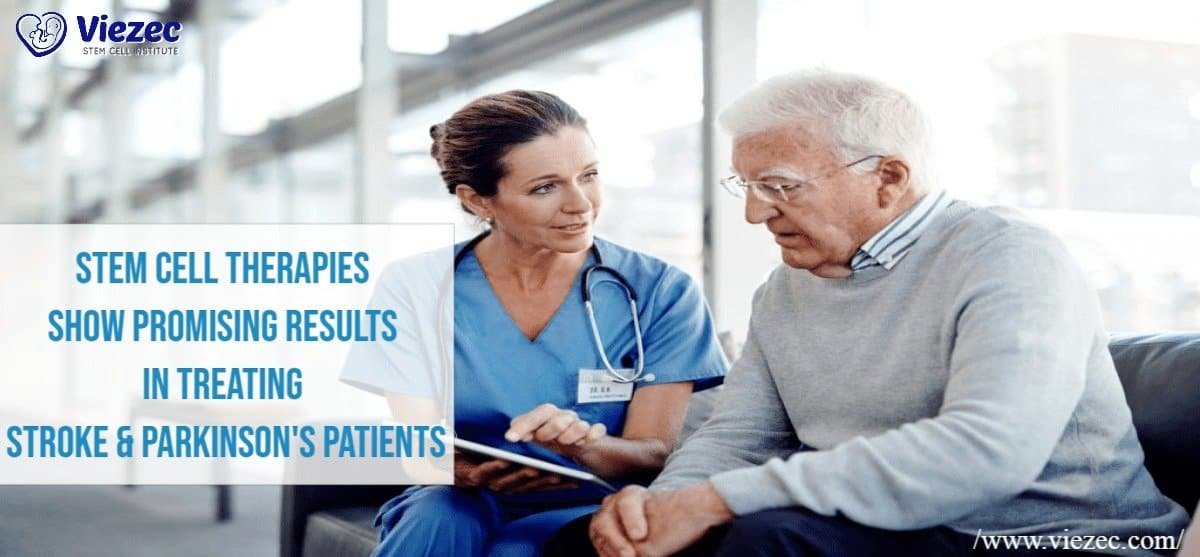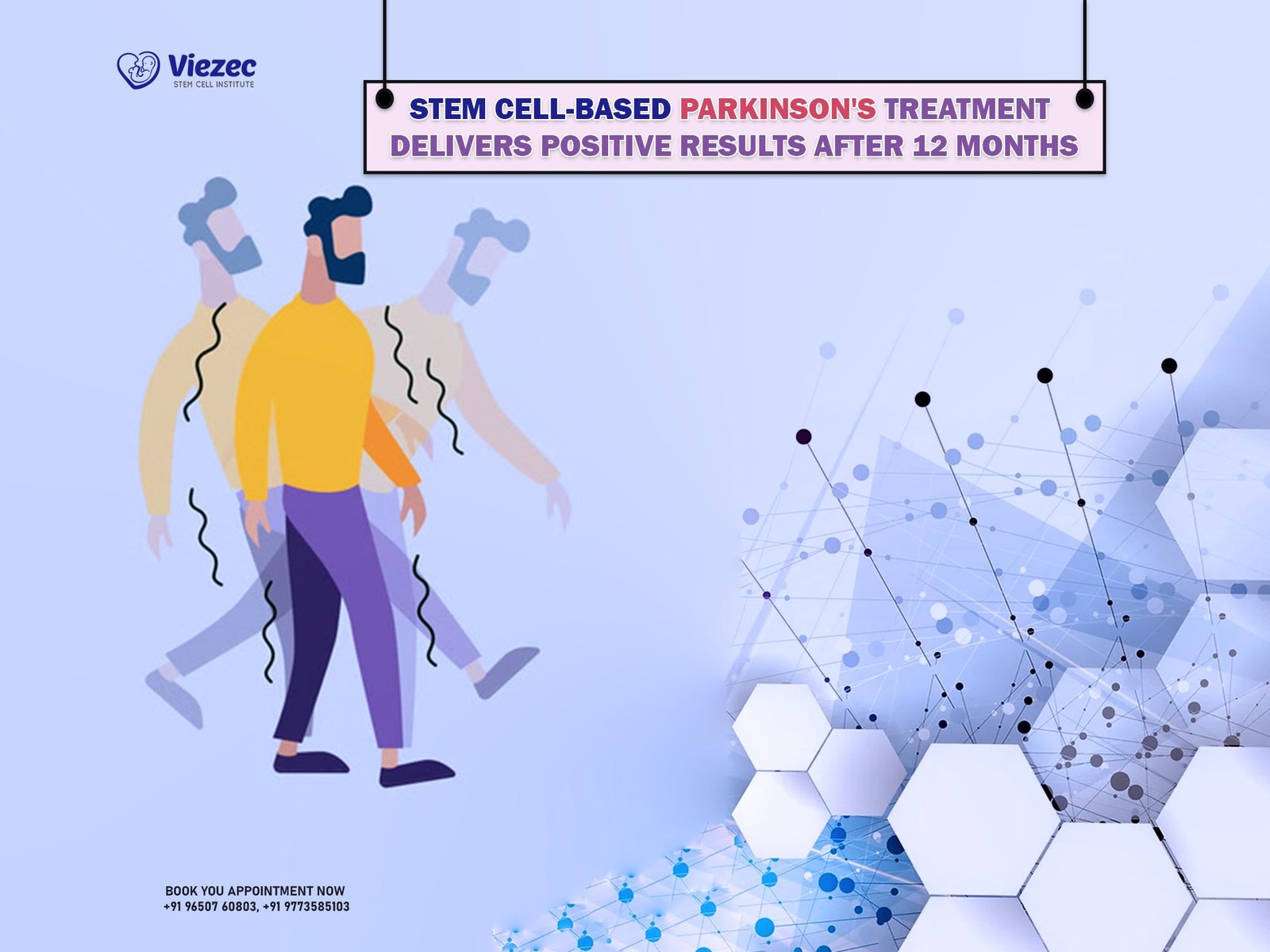Parkinson’s Disease (PD) is a progressive neurodegenerative disorder that affects millions of people worldwide. While there is no cure for Parkinson’s, emerging therapies involving stem cells show promising potential in alleviating symptoms and possibly even reversing the damage. In this comprehensive article, we delve into the types of stem cells used to treat Parkinson’s disease, their mechanisms of action, and the current state of stem cell therapy for PD. We’ll also explore the landscape of stem cell research and therapy in India.
Parkinson’s Disease: An Overview
Parkinson’s disease is characterized by the degeneration of dopamine-producing neurons in the substantia nigra region of the brain. This leads to motor symptoms such as tremors, rigidity, bradykinesia, and postural instability. The exact cause of Parkinson’s remains elusive, making it challenging to develop effective treatments.
Stem Cells: The Building Blocks of Regeneration
Stem cells have garnered considerable attention in the field of regenerative medicine due to their unique ability to differentiate into various cell types. The use of stem cells in treating Parkinson’s disease revolves around their potential to replace damaged neurons, restore neural function, and mitigate disease progression.
Types of Stem Cells
Embryonic Stem Cells (ESCs)
Embryonic stem cells are pluripotent cells derived from the inner cell mass of developing embryos. Their ability to differentiate into any cell type makes them a promising candidate for Parkinson’s disease therapy. ESCs have the potential to replace damaged dopamine-producing neurons, addressing the root cause of the disease.
Induced Pluripotent Stem Cells (iPSCs)
Induced pluripotent stem cells are created by reprogramming adult cells, such as skin cells, to exhibit embryonic stem cell-like properties. iPSCs offer a patient-specific approach, reducing the risk of immune rejection. Researchers are exploring the feasibility of using iPSCs to generate dopamine-producing neurons for Parkinson’s patients.
Mesenchymal Stem Cells (MSCs)
Mesenchymal stem cells are multipotent stromal cells found in various tissues, including bone marrow, adipose tissue, and umbilical cord blood. While they can differentiate into different cell types, their primary therapeutic mechanism in Parkinson’s involves the release of neurotrophic factors, anti-inflammatory cytokines, and modulation of the immune response.
Stem Cell Therapy for Parkinson’s Disease
Stem cell therapy for Parkinson’s disease aims to replace lost or damaged dopamine-producing neurons, restore neural circuitry, and improve motor function. Numerous preclinical and clinical studies have provided insights into the safety and efficacy of various stem cell types.
Preclinical Studies
Animal studies using stem cells have demonstrated encouraging results, with improvements in motor function observed after transplantation. These studies contribute valuable data for the development of clinical trials and help refine the therapeutic approach.
Clinical Trials
Several clinical trials have investigated the safety and efficacy of stem cell therapy for Parkinson’s disease. These trials involve the transplantation of stem cells into the brains of PD patients, with outcomes assessed based on motor and cognitive improvements. While some trials have reported positive results, challenges such as the optimal cell type, dosage, and long-term effects need further exploration.
Challenges and Considerations
Ethical Concerns
The use of embryonic stem cells raises ethical considerations due to the need for human embryo destruction. While induced pluripotent stem cells offer an alternative, challenges related to their safety and potential tumorigenicity must be addressed.
Immune Response
Immunological considerations are crucial in stem cell therapy. The risk of immune rejection, even with autologous cells, remains a concern. Strategies to modulate the immune response and enhance graft survival are areas of active research.
Optimal Cell Source
Determining the optimal source of stem cells for Parkinson’s therapy is a complex task. Each type of stem cell comes with its advantages and challenges, necessitating comprehensive studies to identify the most effective and safe approach.
Stem Cell Therapy in India
India has emerged as a significant player in stem cell research and therapy, with a growing number of institutions and clinics offering regenerative medicine treatments. The Indian Council of Medical Research (ICMR) provides guidelines for stem cell research and therapy, ensuring ethical practices and patient safety.
Indian Stem Cell Research Landscape
Leading research institutions and universities in India actively contribute to stem cell research. Collaborations with international partners and participation in global clinical trials position India as a hub for advancing stem cell therapies.
Clinical Applications in India
Stem cell therapy is employed in various medical fields in India, including orthopedics, cardiology, and neurology. While the regulatory landscape is evolving, efforts are being made to streamline the approval process for stem cell-based interventions.
Future Directions
The future of stem cell therapy for Parkinson’s disease holds exciting possibilities. Advances in understanding the underlying mechanisms, optimizing cell transplantation techniques, and addressing ethical and safety concerns will shape the trajectory of this innovative approach.
Personalized Medicine
The advent of induced pluripotent stem cells opens avenues for personalized medicine in Parkinson’s therapy. Patient-specific stem cells reduce the risk of immune rejection and may enhance treatment outcomes.
Combination Therapies
Combining stem cell therapy with other approaches, such as gene therapy or neuroprotective agents, may provide synergistic benefits. Research exploring these multidimensional strategies is underway to develop more comprehensive and effective treatments.
Make a Decision
Stem cell therapy for Parkinson’s disease represents a promising frontier in regenerative medicine. As research progresses, addressing challenges, refining techniques, and ensuring ethical practices are paramount. India’s active participation in stem cell research further contributes to the global efforts to unlock the full potential of these remarkable cells in the treatment of Parkinson’s and other neurodegenerative disorders.
In conclusion, while there is still much to learn and refine, the trajectory of stem cell therapy for Parkinson’s disease is undeniably moving toward a future where innovative treatments may offer hope to those affected by this challenging condition.







